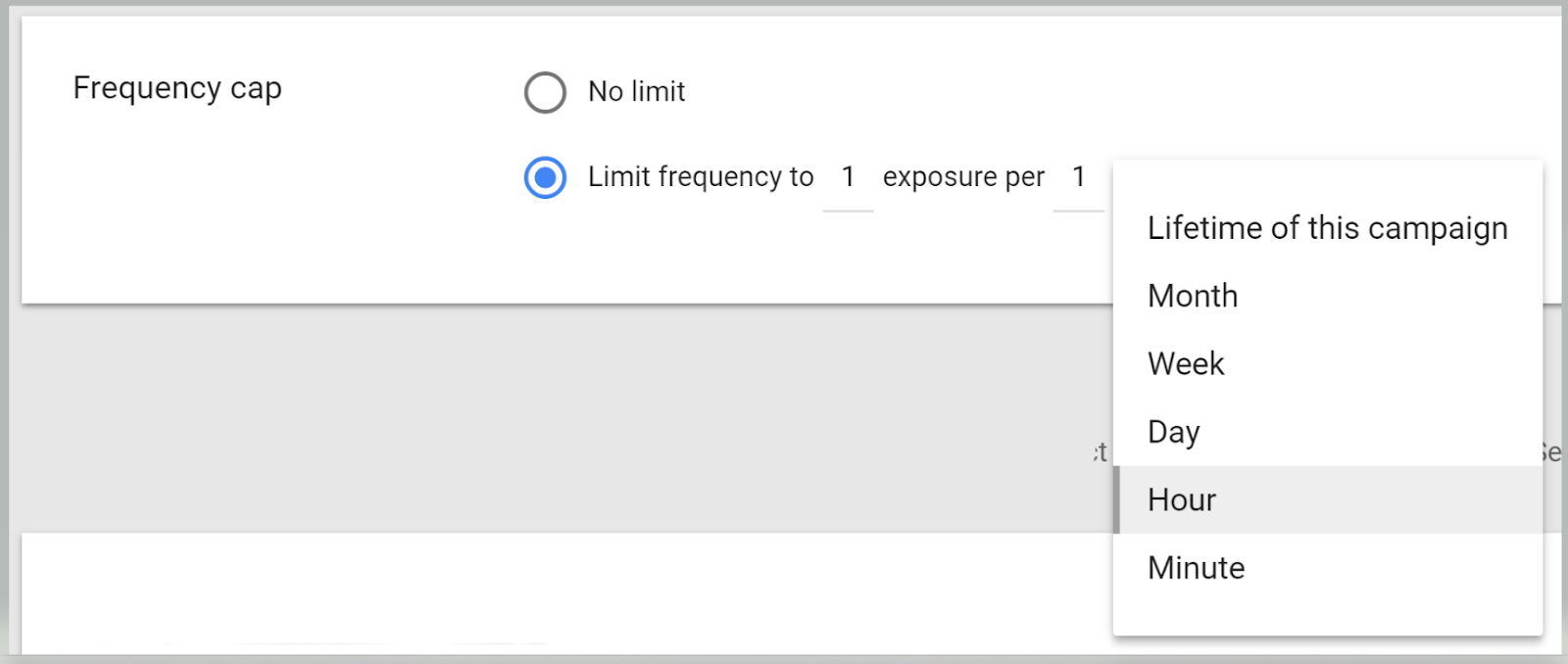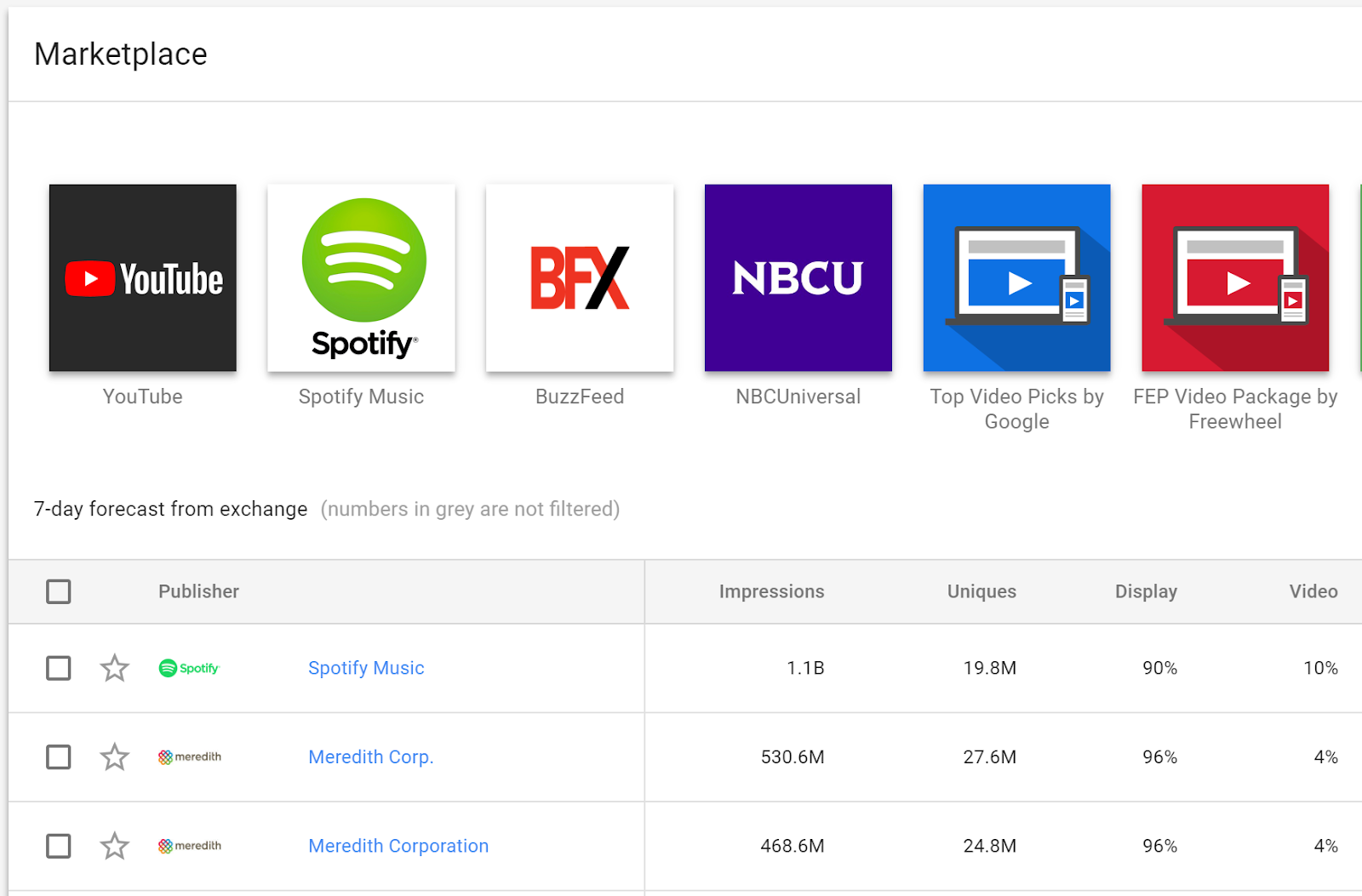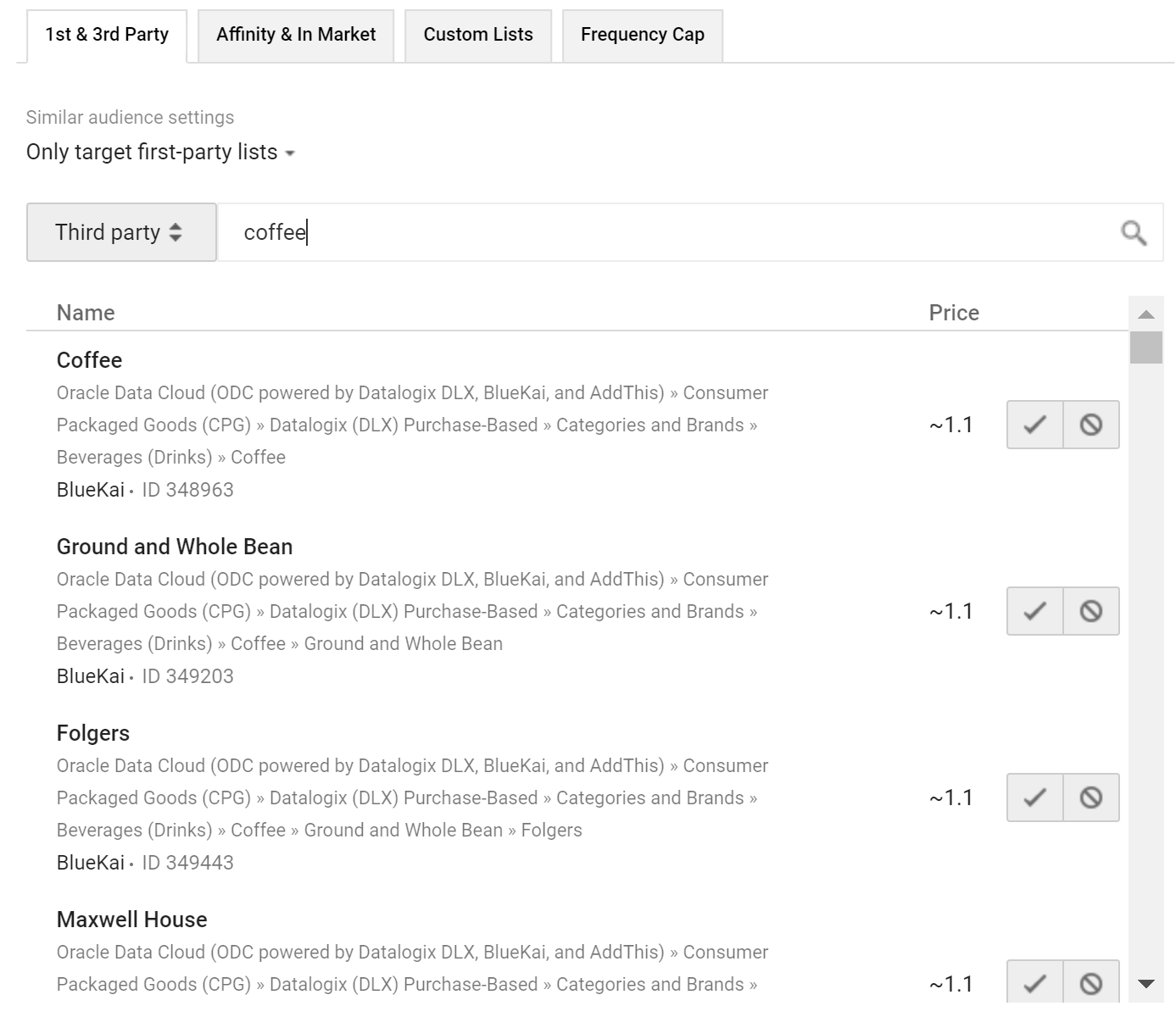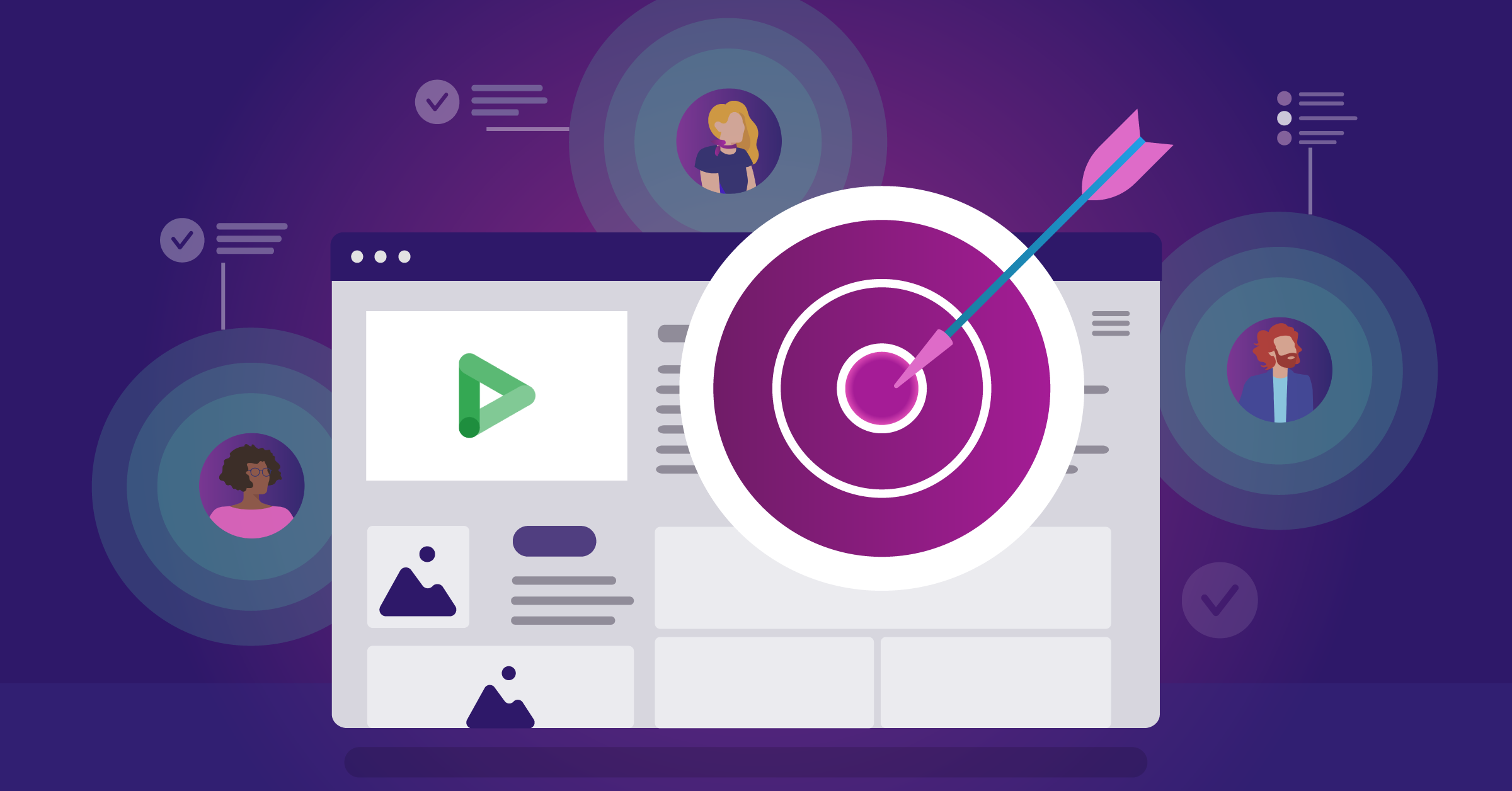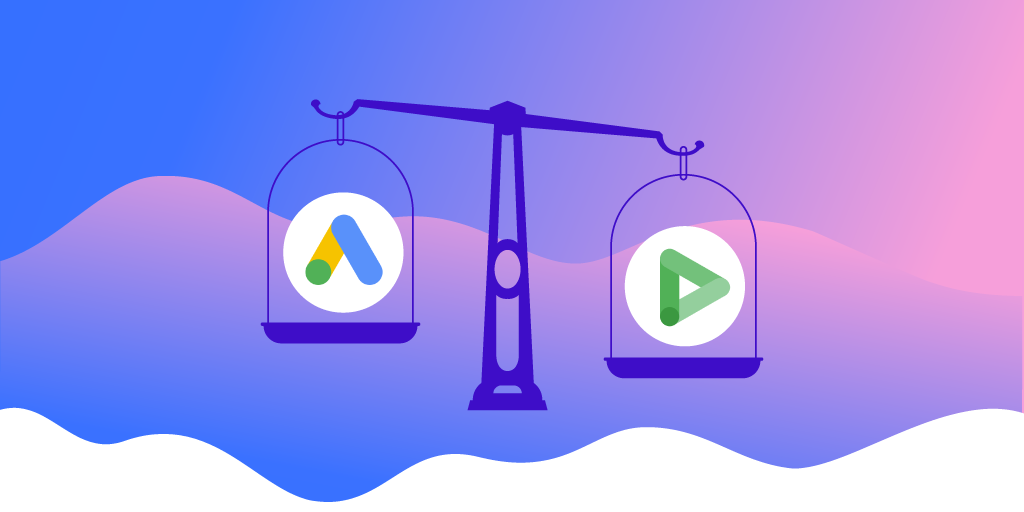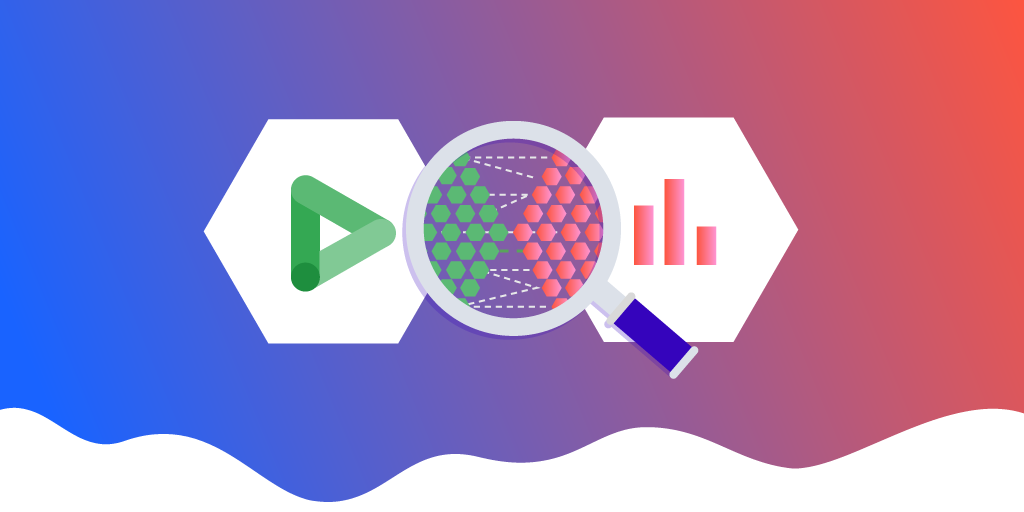Three Things to Love About Google Marketing Platform’s DV360 DSP

Display and Video 360 (or DV360 for short and formerly called DoubleClick Bid Manager) is Google Marketing Platform’s demand-side platform for programmatic media buying. It allows advertisers and marketers to activate media buys with a very high degree of control. As always, I was a little hesitant when picking up a new product, but at this point, I'm all in. While I could go on for hours about the product, I've pulled out three features that I have come to love about DV360.
Like many marketers, my first foray into display advertising was on Google Display Network (GDN) via the artist formerly known as AdWords (now Google Ads). At the time, I was coming from a primarily paid search background, so picking up display on a platform which essentially mirrors AdWords Search was relatively hassle-free. I was building and running successful campaigns in no time.
GDN was great for dipping my toes into media buying. It is ideal for small to mid-sized accounts, but as campaigns became more sophisticated and budgets increased, it became clear to me that I needed control and reach beyond what GDN could provide. I needed a platform that could unlock the precision required for media buying at scale. Display and Video 360 is the enterprise tool I have been looking for.
1. Advanced Frequency Capping
Frequency capping gives marketers control over how many times an ad can be served to a user over a period of time. GDN’s frequency cap settings can get as granular as per day increments. DV360’s frequency cap settings give marketers significantly more control by going down to per minute increments. Check out the differences in the screen grabs below.
GDN:
DV360:
This may not initially seem like a major differentiator, but consider scenarios similar to the following. Let’s say that Advertiser A has determined two impressions per hour to be an optimal ad serving frequency for their audience. Using GDN, my best option would be to set the frequency to 48 per day. This seems reasonable, but rather than set my ad delivery method to ‘standard’ and hoping that it serves evenly, I’d feel much more confident setting my frequency cap to two per hour (or even better, one per 30 mins!) in DV360.
2. Premium Inventory Marketplace
Buyers using DV360 not only have access to the open auctions across many ad networks and exchanges (including all GDN inventory), but DV360’s Marketplace also allows media buyers the opportunity to search, RFP, negotiate and bill deals directly with a myriad of top-tier publishers all from one interface.
Running direct deals with publishers have traditionally been a highly manual and fragmented (read “tedious and error-prone”) process. DV360’s Marketplace provides tagless trafficking and a central hub for reporting and billing across all publishers.
This is huge for my large retail client with stores across the country. To reach their aggressive growth goals this year, they cannot settle for small or regional websites with limited impressions. They need to follow the masses, and the Marketplace provides access to them.
3. Third-Party Audience Data
First-party audience data will always be king, but for brands that seek to rapidly widen their reach, expand market share, and acquire new customers, purchasing third-party audience datasets to supplement first-party data is a viable strategy.
DV360’s targeting integrates audience datasets from providers like Acxiom, eXelate, and BlueKai. Be aware that third-party audience data incurs an additional CPM fee on top of media cost — it’s a good idea to develop a testing strategy to assess and optimize the benefits of third-party audience data.
Many marketers in the B2B space are tasked with finding a needle in a haystack, that one decision maker at a publicly traded company. This was exactly the scenario of a different client that I’m working with now. They needed to get their ads in front of CFOs, but CFOs can be difficult to pick out of a lineup. We used third-party audiences to get our message in front of the right person at the right time by adding more traditional layers of contextual targeting. This is the power of DV360.
Are You in Love Yet?
I know these tools can be daunting — they certainly overwhelmed me when I was getting started. The best way to learn about the tool is to get in there and start creating campaigns.
And if three great features weren't enough, you can come and listen to me talk about the tool for a full eight hours in our new training offering starting in May 2019! We recently expanded our Google Marketing Platform in-person training to include Display & Media Advertising. The Media 201 course explores the capabilities enterprise companies can take advantage of with the platform, from the basics to campaign management. We're hoping this will ease the transition for enterprise companies growing their in-house capabilities.
Are you ready to get started with Google Display & Video 360? As a Google certified media partner, we are able to give you the access you need and will be there along the way to help you get started on your journey.

